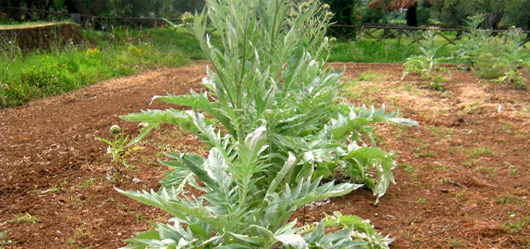Why and how to try Cardoon
A close relative of artichoke, cardoon is the traditional crop of the month for the Food and Agriculture Organization of the United Nations (FAO).
According to FAO, cardoon is a crop of regional importance in Spain (where it is known as Cardo comestible), Italy and the south of France, where it is used in traditional dishes. The stalks can be eaten baked, boiled, fried or braised.
A perennial shrub that grows up to 2m in height, it is cultivated traditionally for its edible stalk. “It is adapted to dry Mediterranean conditions where most precipitation occurs during the winter season. While the artichoke is usually vegetatively propagated, cultivated cardoon is raised from seed and cropped as an annual plant; the older shrubs produce fibrous stalks which are not as palatable as the more succulent annual ones,” FAO said.
As the leaves and stalks are bitter, farmers often ‘blanch’ them for 3-4 weeks prior to harvesting. Plant breeding efforts are now resulting in more sought after varieties that are lighter coloured and less bitter, it said.
FAO also shared a recipe for making ‘Cardoon with Almond Sauce’ in which the cardoons are prepared by cutting off the rough ends and peeling away the tough fibres. They are then cut into 2-inch pieces and boiled for 45 minutes, or until tender, in salted water with a little lemon juice. Later they are heated in the separately-made sauce.
Why to try cardoon:



